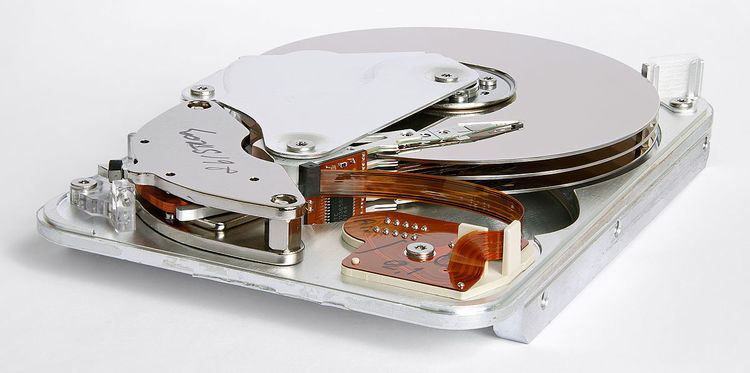 | ||
The IBM 4300 series were mid-range systems compatible with System/370 that were sold from 1979 through 1992. They featured modest electrical and cooling requirements, and thus did not require a data center environment.
Contents
- IBM 4321
- IBM 4331
- IBM 4341
- IBM 4361
- New features
- APL keyboard
- High Accuracy Arithmetic Facility
- IBM 4381
- Operating systems
- Other
- References
Each model - 4331, 4341, 4361, and 4381 - had various sub-models, such as the 4341 model 1 (or 4341-1) and 4341 model 2 (4341-2).
The 4381-13 through 4381-24 (announced in 1987) were entry-level machines for the 370/XA architecture. They were positioned between the IBM 9370 and IBM 3090 in performance at the time of announcement.
The 4381-3, 4381-14, 4381-24 and 4381-92 are dual-CPU models. Other models included 1, 2, 11, 12, 13, 21, 22, 23, 90 and 91.
IBM 4321
The IBM 4321 was announced November 18, 1981.
IBM 4331
The IBM 4331 (and the 4341) were announced Jan 30, 1979 It came with an integrated adapter that permitted attaching up to 16 of two newly introduced Direct-access storage devices (DASD):
(The 4331 was withdrawn Nov 18, 1981)
IBM 4341
The IBM 4341 (and the 4331) were announced Jan 30, 1979 Like the 4331, it came with an integrated adapter that permitted attaching up to 16 of the newly introduced IBM 3370 DASD. The 4341 did not support the much lower capacity IBM 3310.
Oct. 20, 1982 IBM announced a new entry-level processor, Model Group 9 and a new top-of-the-line 4341, Model Group 12.
(The 4341 was withdrawn Feb 11, 1986)
IBM 4361
The IBM 4361 Model Groups 4 & 5 were announced Sept. 15, 1983.
Model Group 3 was announced the following year, Sept. 12, 1984.
New features
Among the new/optional features for the 4361 were:
APL keyboard
High-Accuracy Arithmetic Facility
While Floating-Point Arithmetic capability has long been part of computing history, this feature's advancement, conceptualization of which had been under development for decades, was implemented as an optional feature on the 4361.
(The 4361 was withdrawn Feb. 17, 1987)
IBM 4381
The IBM 4381 had a greater longevity than any of the above systems.
Model Groups 1 & 2 were announced Sep 15, 1983 and withdrawn Feb 11, 1986.
Model Group 3 was announced Oct 25, 1984 and withdrawn Feb 11, 1986.
Model Groups 11, 12, 13 & 14 were announced Feb 11, 1986.
Model Groups 21, 22, 23 & 24 were announced May 19, 1987 and withdrawn Aug 19, 1992.
Operating systems
New releases of:
supported the 4300 series as well as other System/370-compatible processors.
For the 4321 and 4331:
